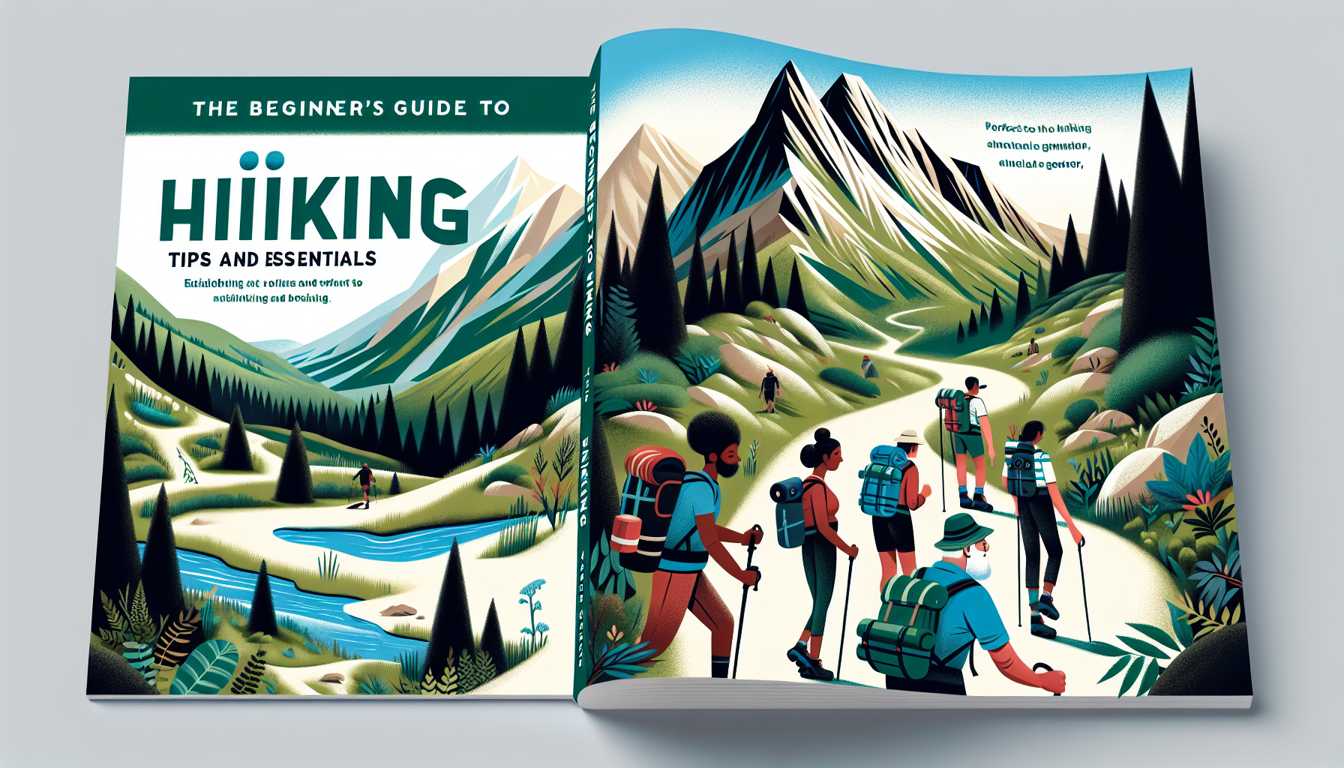
The Beginner's Guide to Hiking: Tips and Essentials
Hiking is an incredible way to explore the natural world, offering both physical and mental health benefits. It's an accessible activity suitable for all ages and levels of fitness, allowing you to immerse yourself in the tranquility of nature. Whether it's a gentle walk through a local park or a challenging trek up a mountain, hiking can be tailored to suit your abilities and interests.
Understanding the Basics
Why Hike?
Hiking is more than a physical activity; it's an opportunity to connect with nature and escape the hustle of everyday life. It improves cardiovascular health, builds muscle strength, and can significantly boost mental well-being. Hiking offers a unique combination of adventure and tranquility, making it a perfect way to decompress and recharge.
Types of Hiking
- Day Hiking: This involves short to moderately long hikes that you can complete within a single day. It's ideal for beginners or those looking for a brief nature escape.
- Backpacking: This is an extended form of hiking where you carry all your gear and provisions in a backpack, often involving overnight camping.
- Thru-Hiking: This is a long-distance trail hiking, often covering hundreds or even thousands of miles, requiring significant planning and commitment.
Preparing for Your Hike
Research and Planning
Before setting out, it's crucial to choose a trail that matches your fitness level. Use resources like AllTrails to find trails with detailed information about their difficulty, length, and terrain. Always check the weather forecast before your hike to ensure you're prepared for the conditions.
Physical Preparation
Start with shorter, less challenging hikes to build your endurance. Stay hydrated and carry snacks like trail mix or energy bars to keep your energy levels up.
Essential Hiking Gear
Clothing
Choose moisture-wicking fabrics to keep you dry and comfortable. Dress in layers so you can easily adjust to changing temperatures. Invest in a good pair of hiking boots for support and traction.
Backpack
For day hikes, a 20-30 liter backpack like the Osprey Talon 22 is ideal. It should be comfortable, with enough space for your essentials.
Navigation
Always carry a map and compass, even if you plan to use a GPS device. Apps like Gaia GPS can be helpful, but it's important to have a non-digital backup.
Safety and Survival
Pack a basic first aid kit and a multi-tool like the Leatherman Wingman. Ensure you know the basics of first aid and how to use your tools.
Hydration and Nutrition
Carry a water bottle or hydration bladder, and pack enough snacks to keep your energy levels up throughout the hike.
Sun Protection
Use broad-spectrum sunscreen, wear a hat, and protect your eyes with sunglasses.
On the Trail
Hiking Etiquette
Practice Leave No Trace principles by packing out all your trash. Yield to uphill hikers and be considerate of other trail users and wildlife.
Staying Safe
Stick to marked trails to protect both yourself and the environment. Be aware of local wildlife and know how to respond if you encounter any.
Enjoying the Experience
Take breaks to rest and enjoy your surroundings. Stay hydrated and eat snacks to maintain your energy.
Post-Hike Recovery
After your hike, stretch to aid muscle recovery. Rehydrate and refuel with a healthy meal. Clean and dry your gear before storing it to prolong its life.
Conclusion
Hiking is a rewarding and enriching activity that connects you with nature and offers numerous health benefits. With the right preparation and respect for the environment, you can enjoy all that hiking has to offer. Happy trails!


